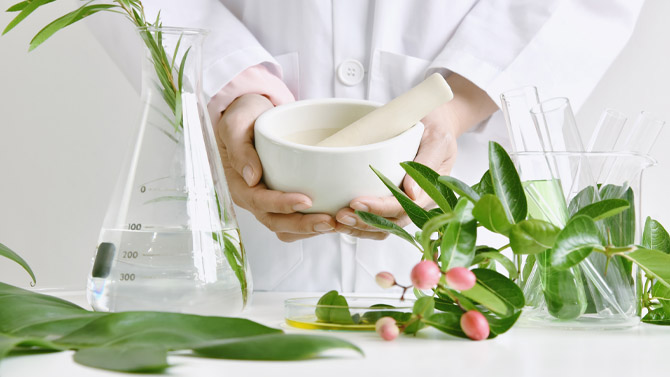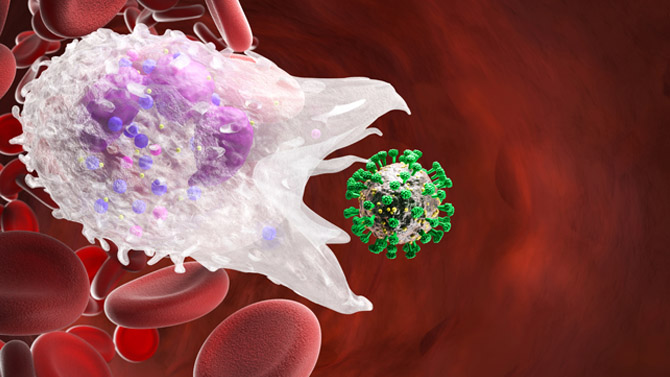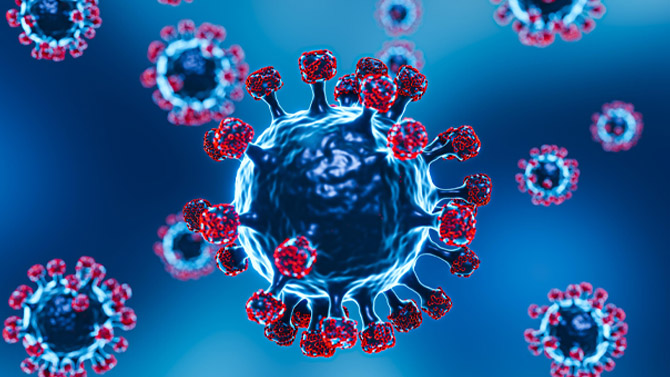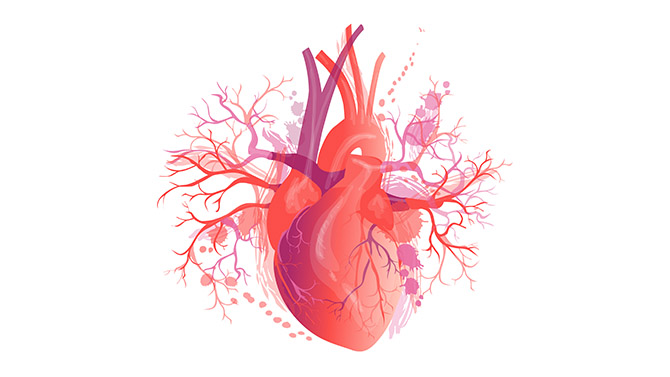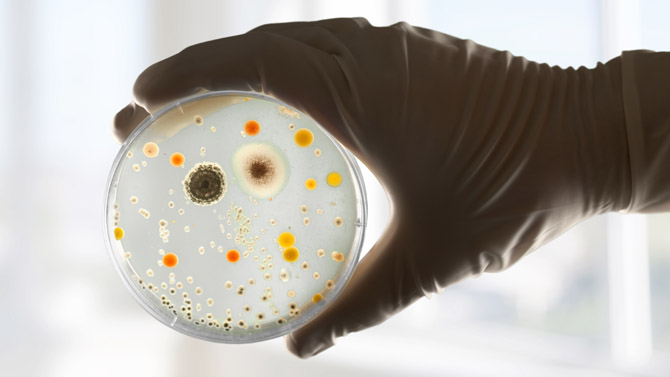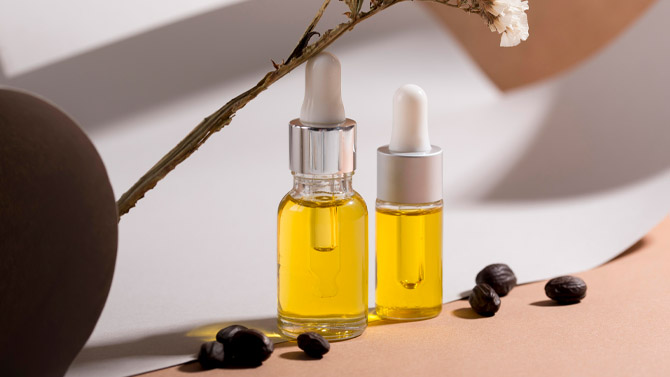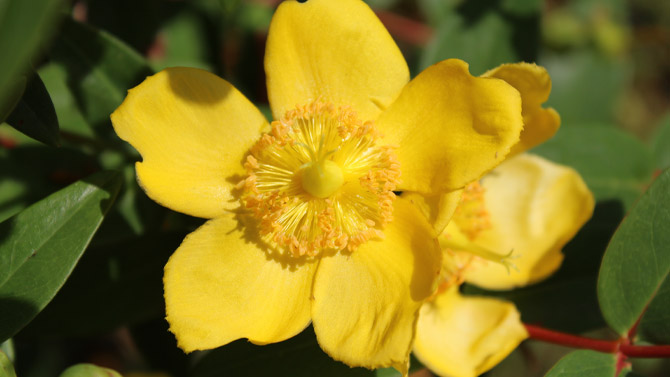The Genus Lagochilus (Lamiaceae): A Review of Its Diversity, Ethnobotany, Phytochemistry, and Pharmacology
1/10/2021 The genus Lagochilus (Lamiaceae) is native to Central, South-Central, and Eastern Asia. It comprises 44 species, which have been commonly used as herbal medicines for the treatments of various ailments for thousands of years, especially in Asian countries. This review aims to summarize the chemical constituents and pharmacological activities of species from the genus Lagochilus to unveil opportunities for future research. In addition, we provide some information about their traditional uses, botany, and diversity. More than 150 secondary metabolites have been reported from Lagochilus, including diterpenes, flavonoids, phenolic compounds, triterpenoids, iridoid glycosides, lignans, steroids, alkaloids, polysaccharides, volatile, non-volatile and aromatic compounds, lipids, carbohydrates, minerals, vitamins, and other secondary metabolites. In vitro and in vivo pharmacological studies on the crude extracts, fractions, and isolated compounds from Lagochilus species showed hemostatic, antibacterial, anti-inflammatory, anti-allergic, cytotoxic, enzyme inhibitory, antispasmodic, hypotensive, sedative, psychoactive, and other activities.





